When it comes to the safety and performance of your vehicle, the brake system is paramount. Within this system, brake cable parts play a crucial role in ensuring that your brakes respond effectively and efficiently. But what exactly are these brake cable parts, and how do they contribute to the overall functionality of your vehicle's braking system?
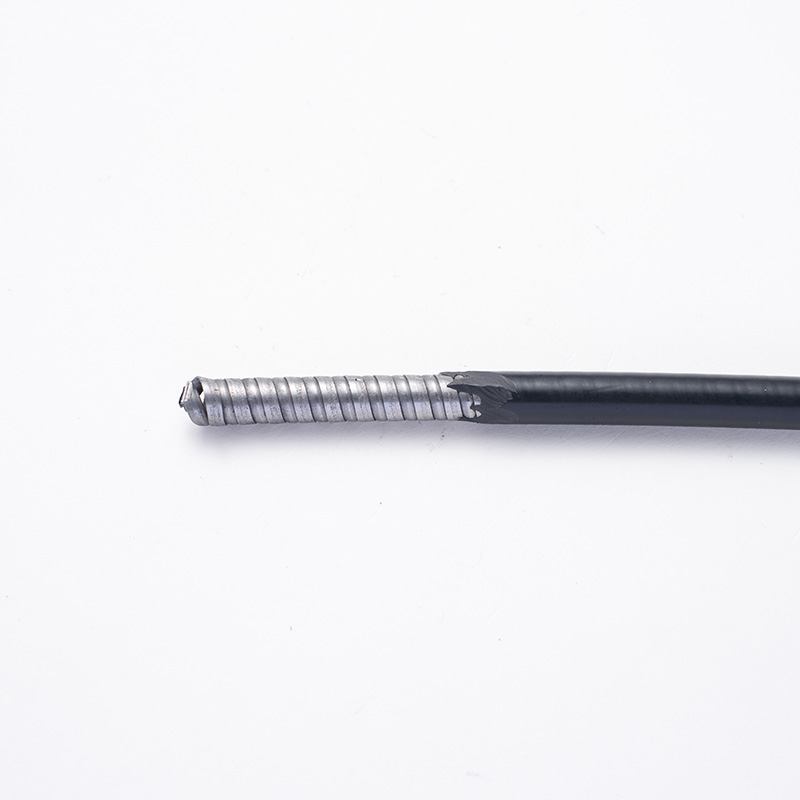
The Role of Brake Cable Parts:
Brake cable parts are essential components of the brake system that connect the brake lever or pedal to the calipers or wheel brakes. These parts facilitate the transmission of force from the driver to the braking mechanism, allowing for controlled deceleration and stopping. Without properly functioning brake cable parts, the braking process can be compromised, potential safety hazards.
Components of Brake Cable Parts:
The brake cable parts consist of several key elements, including the housing, the cable itself, fittings, and often a ferrule or crimp to secure the connection. Each of these components works together to create a seamless and reliable braking system.
The Importance of Quality Brake Cable Parts
Why Quality Matters:
The quality of brake cable parts is crucial for the safety and longevity of your vehicle's braking system. High-quality brake cable parts from a reputable brake cable parts producer ensure that the cables are resistant to corrosion, wear, and tear, providing consistent performance over time.
Choosing a Reliable Brake Cable Parts Producer:
Selecting a brake cable parts producer that prioritizes quality control and adheres to industry standards is essential. This ensures that the brake cable parts you install in your vehicle meet the necessary safety and performance criteria.
Maintenance and Inspection of Brake Cable Parts
Routine Checks:
Regular inspection and maintenance of brake cable parts are vital for maintaining the integrity of your vehicle's braking system. This includes checking for fraying, corrosion, and any signs of wear that could compromise the cable's performance.
Replacement Intervals:
Knowing when to replace brake cable parts is just as important as knowing how to maintain them. Generally, brake cable parts should be replaced every few years or as recommended by the vehicle manufacturer or brake cable parts producer, depending on usage and environmental conditions.
Installation Process of Brake Cable Parts
Preparation:
Before installing new brake cable parts, it's essential to gather all the necessary tools and materials. This may include a cable cutter, a cable housing tool, and lubricant to ensure smooth installation.
Installation Steps:
1. Remove Old Cable: Carefully remove the old brake cable parts, taking note of the routing and any special fittings that may be required.
2. Prepare New Cable: Cut the new brake cable parts to the appropriate length, ensuring that there is enough slack for comfortable operation and adjustment.
3. Lubricate and Install: Apply lubricant to the cable and housing to facilitate smooth operation. Thread the cable through the housing, ensuring that it is correctly routed and secured with the appropriate fittings.
4. Adjust Tension: After installation, adjust the tension of the brake cable parts according to the manufacturer's specifications to ensure ideal braking performance.
Troubleshooting Common Issues with Brake Cable Parts
Common Problems:
Some common issues with brake cable parts include fraying, rust, and poor brake response. Identifying and addressing these problems early can help prevent more significant issues down the line.
Solutions:
1. Fraying: If the cable shows signs of fraying, it's time to replace the brake cable parts to avoid brake failure.
2. Rust: Regularly inspect the brake cable parts for rust and corrosion. If found, clean and lubricate the parts or replace them if the damage is severe.
3. Poor Brake Response: If the brakes are not responding as expected, check the brake cable parts for proper tension and alignment. Adjust or replace them as necessary.
 boo@zjmgmm.com / 958587858@qq.com
boo@zjmgmm.com / 958587858@qq.com English
English русский
русский Español
Español عربى
عربى
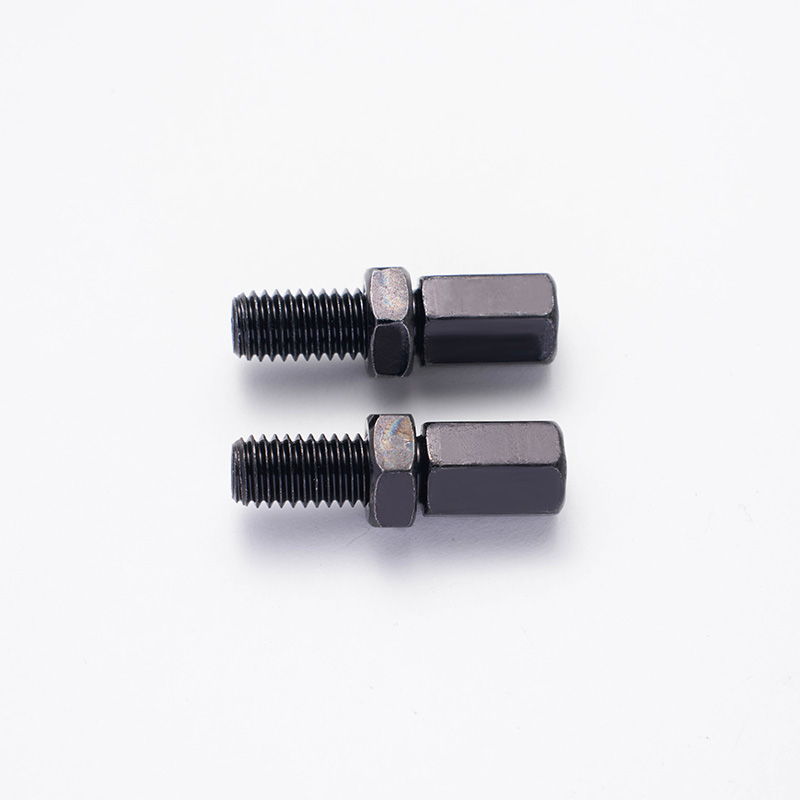
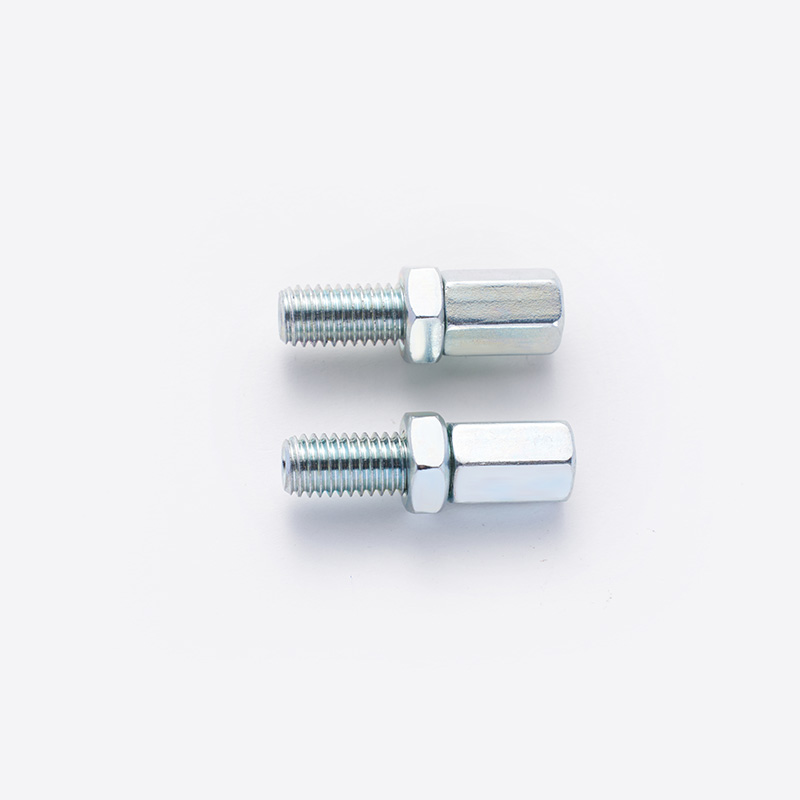
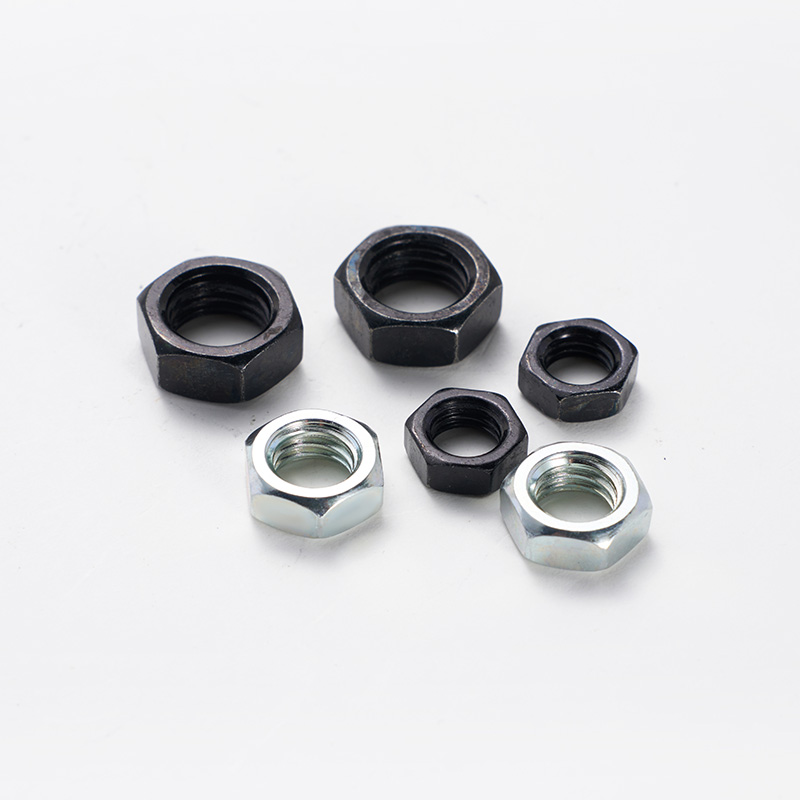
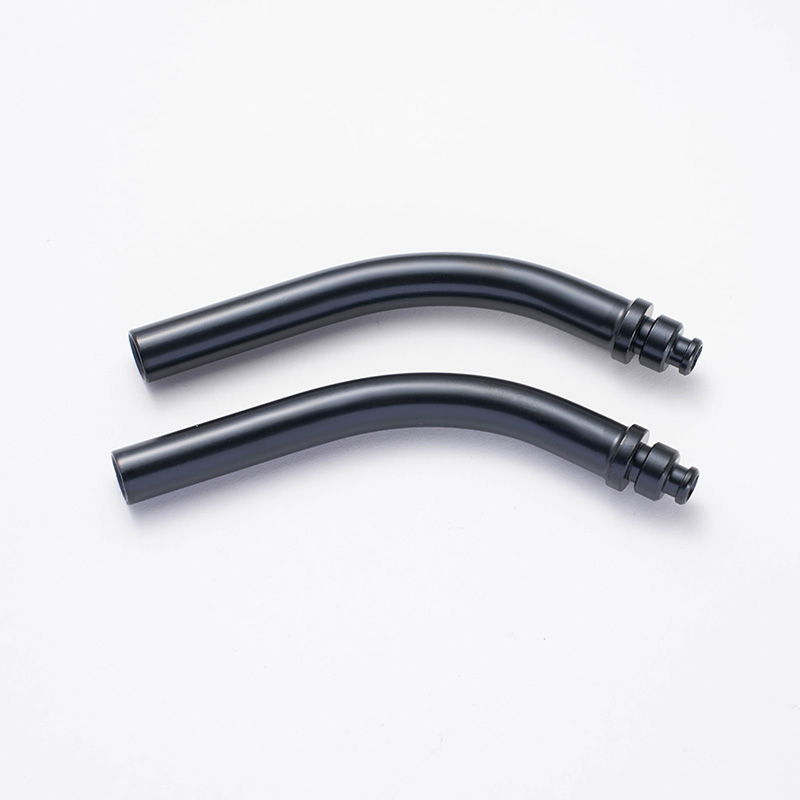

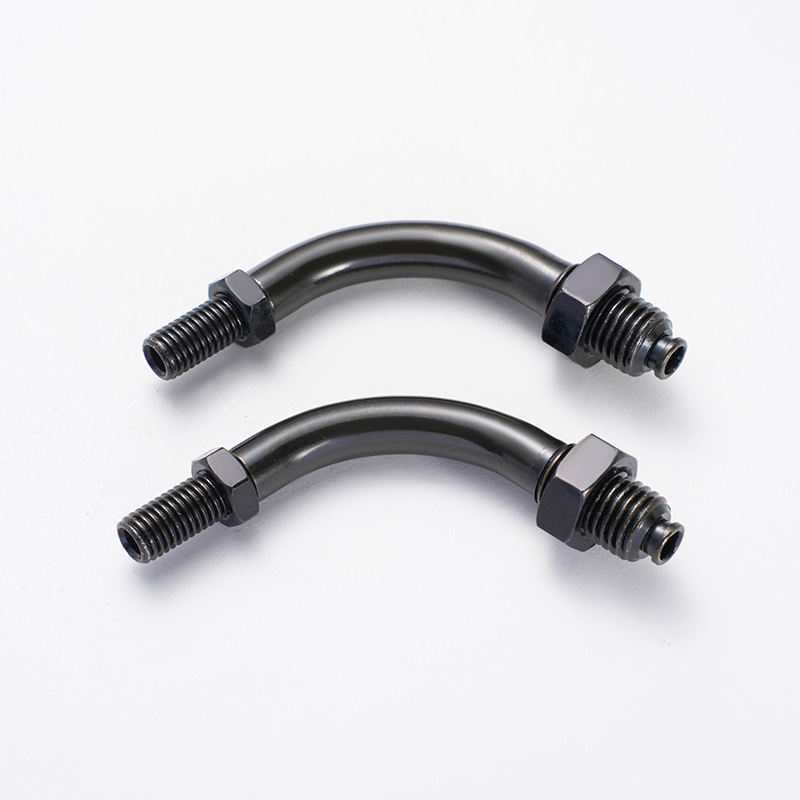

 English
English  Building 33, Demonstration Park, No. 318 Chenguang Road, Eastern New District, Wenling City, Taizhou City, Zhejiang Province, China
Building 33, Demonstration Park, No. 318 Chenguang Road, Eastern New District, Wenling City, Taizhou City, Zhejiang Province, China  0086-576-86337978
0086-576-86337978  0086-576-86333878
0086-576-86333878
 boo@zjmgmm.com
boo@zjmgmm.com 